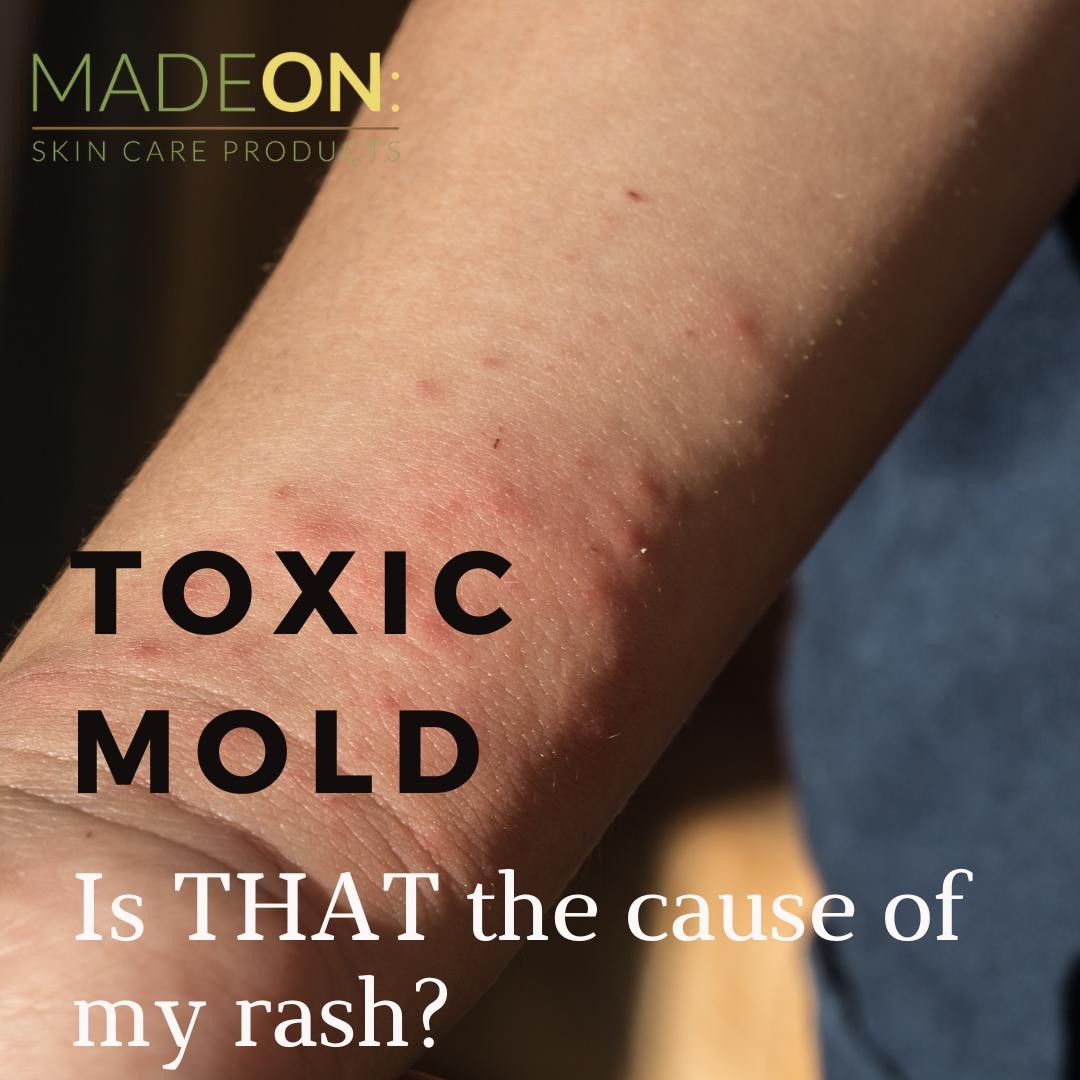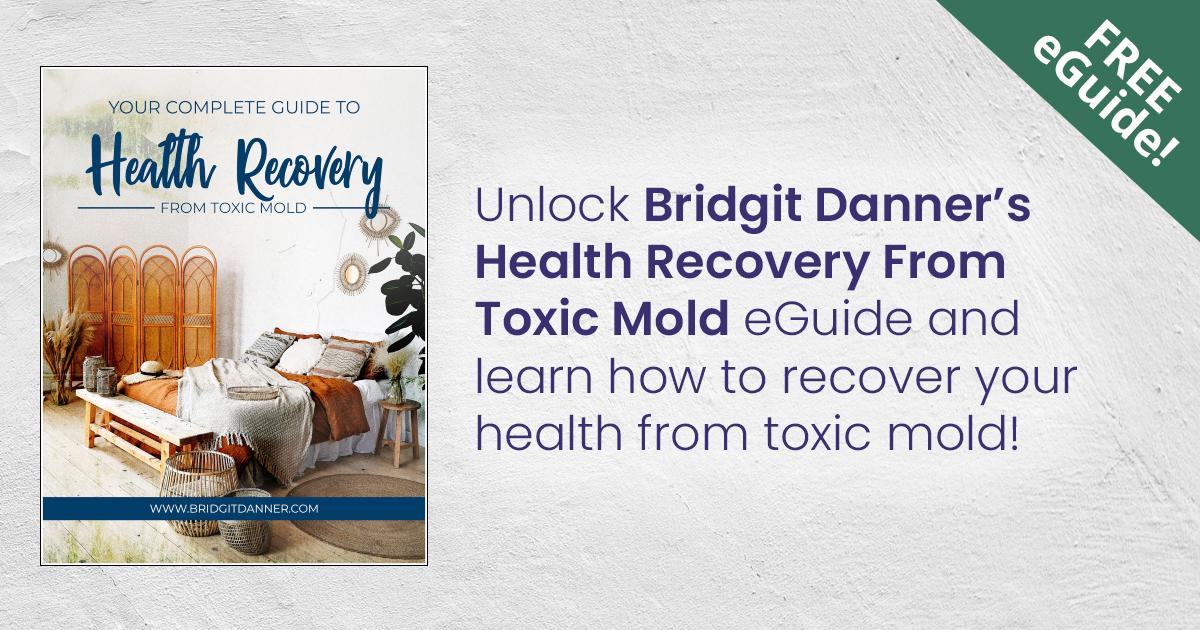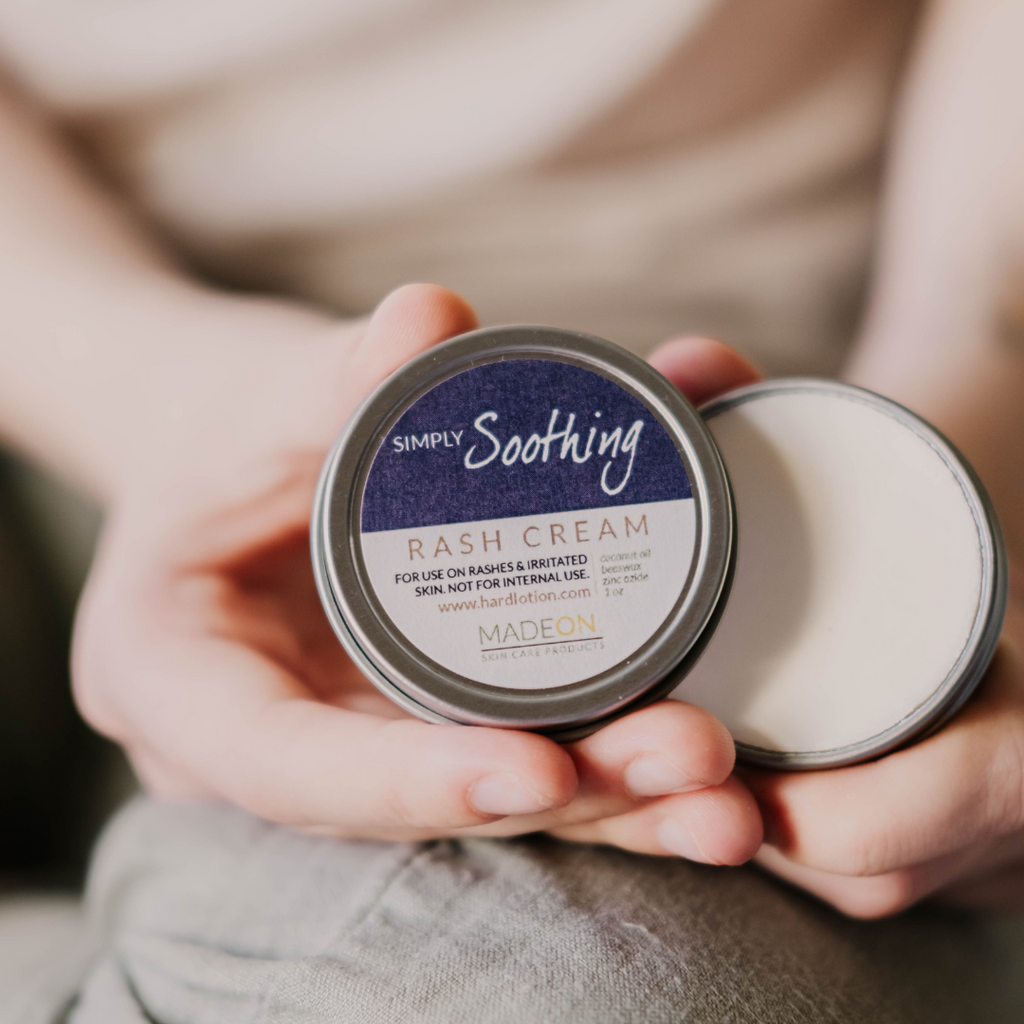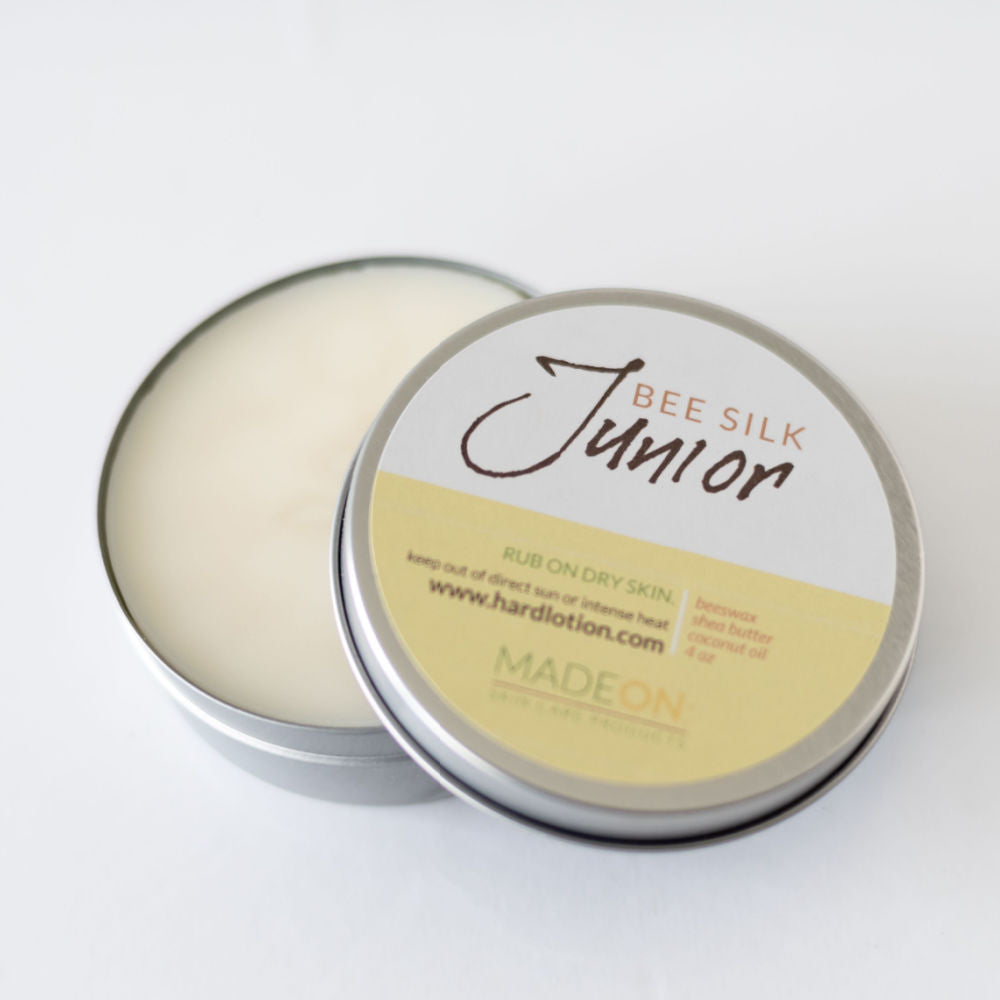Got a unexplained rash?
You have an unsettling rash that just won't go away.
You may have tried a food elimination diet to rule out rash due to food allergies.
You figured it's lasted too long to be a bug bite or bee sting.
You've cleaned out your home of detergents, chemicals, fabrics and skin care products with sketchy ingredients.
You're even pretty sure it's not stress-related.
Plus, you have used a zinc-oxide based rash cream to fix it, which helps, but the rash returns when you stop using the cream.
Could your itchy, red skin rash be caused by toxic mold in your home?
There's a very good chance it might be, but the effect of the mold doesn't always show up in your skin for quite awhile.
Check out #4 below to see if you have other symptoms in addition to the skin rash:
How black mold affects the skin:
Toxic mold, also known as black mold or Stachybotrys chartarum, can cause a variety of health problems, including skin irritation and rashes in some people. Here's how it can affect the skin:
Allergic reactions: Exposure to toxic mold can trigger allergic reactions in some people. This can cause skin rashes, itching, and hives.
Infections: Toxic mold can also cause skin infections in some people. This is more likely to happen in people with weakened immune systems. The infection can cause redness, itching, and pain in the affected area.
Mycotoxins: Mycotoxins produced by toxic mold can also affect the skin. These toxins can be absorbed through the skin, leading to rashes, itching, and other skin irritations.
Other symptoms: In addition to skin problems, exposure to toxic mold can also cause other symptoms such as headaches, fatigue, respiratory problems, and neurological symptoms.
Use this checklist to see if your skin rash might be prone to black mold:
You live in a water-damaged environment (mold thrives in places like an old building or basement that has had water damage).
You've recently moved.
You consume grains, nuts, wine, spices or coffee that may be contaminated by mycotoxin (often found in food with poor growing or harvesting practices.)
You see black mold in your home and any amount of bleach or other chemical to clean it up only returns the mold later.
You live in a humid environment.
You notice a musty smell in your home or there's poor ventilation.
How can I test for mold?
You can have your home tested by a mold inspector, or you can have various tests done for the toxins, or you can have your blood tested.
One option if you find out there's mold? Move. Or, read on...
If all tests positive for black mold, what do I do?
For a complete guide to getting the help you need, I HIGHLY recommend this guide: Your Complete Guide to Health Recovery From Toxic Mold by Bridgit Danner at www.bridgitdanner.com.
For a complete guide to getting the help you need, I HIGHLY recommend this guide: Your Complete Guide to Health Recovery From Toxic Mold by Bridgit Danner at www.bridgitdanner.com
From Bridgit: “COULD I HAVE TOXIC MOLD?” This is a key first question to ask yourself when you’ve been experiencing chronic symptoms, and the answer could be life-changing.
In this guide, we’ll explore some of the first steps of the process as you consider whether or not you have mold, and then we’ll focus on my personal specialty, removing mold toxins from the body.
In the meantime, our Simply Soothing Rash Cream can be the short term fix while you get to the root cause of your rash. Read what some of our customers have to say:
Catherine:
“My grandson is plagued with eczema on his legs and arms. Gave him the rash cream and it seems to relieve the itching and also is clearing up some of the patches. Highly recommend.”
Ebbie:
"I have very easily irritated skin. The rash cream protects and soothes the chafed areas while moisturizing."
Feeling hopeful? Ready for skin that’s smooth, soft, and pain-free? Remember, start fixing your skin with products that don’t contain water, fragrance, or additives that can keep your skin from relief and healing.
These products may provide relief for the symptoms of eczema and other related skin conditions. Please reach out to us by email if you have any questions at all. We understand this distressing condition and we want to help as much as we can.
Simply Soothing Rash Cream Testimonial
Jane W:
This rash cream is wonderful!!!! It works on all of my family’s skin rashes, irritations, itches - we use it for everything. And it works!!
this was a gift for family who use it whenever they are in need of it.
I’ve never been disappointed with any product from MadeOn Skincare! Thank you again, Renée!
I got my first order while I was suffering a contact dermatitis eczema flair-up. This type of skin allergy causes my skin to become raw and weeps serum. My skin had stopped weeping and bandages were no longer needed by the time I received the Rash Cream. By this time, my skin was very dried and flaky as well as itchy. The rash cream healed this large patch of skin on my thigh within a week. Sometimes I forget to wear gardening sleeves and my arms get itchy bumps from various plants I’m pruning. The Rash Cream really helps! I love that the cream has no scent and goes on smooth. Also, a little go a long way!
I would have shared a picture, but it was too ugly! I love this cream!
Rash cream came just in time to help with my contact dermatitis from rye grass pollen. I still have the scars from it but it helped with the itching and inflammation.
Gifted my granddaughter Beesilk Junior and the rash cream. Within a week eczema on her six month old son back was gone! Lotion was a great success!
I absolutely love this! I have ordered several and will keep repurchasing for every summer! It’s amazing on sunburn. I used to use Ocean Potion sun lotion on my babies and it was amazing then they stopped making it…! I found out about MadeOn and tried a few things and this Rash Cream is the best! I apply it to sunburn a few times a day to my kids faces and now bring it on our yearly family vacation to FL for all my nieces and nephews’ little faces too! If you apply it a few times a day, reapplying once it soaks in, it’s gone or almost gone the next day and even on severe sunburn it has greatly lessened the pain and prevented blisters on one of my nephew’s shoulders! It’s expensive but I would imagine it last a while if you’re only using it on a few ppl. I bring a new can and use it daily for a week on a bunch of kids and usually give it to any that got really bad sunburn and need to keep applying it for a few more days. FL sun is mean and can burn you so much faster
Carry in purse for itchy
rashes and bug bites.
I use this on ezcema spots and bug bites. Works great!!
After several years of having eczema around his cheeks and ear areas, my husband has found total relief. Shaving had become difficult and very painful and so I ordered Made On rash cream. After only one week he noticed so much difference that I ordered him two more large of the cream he is a client for life.





